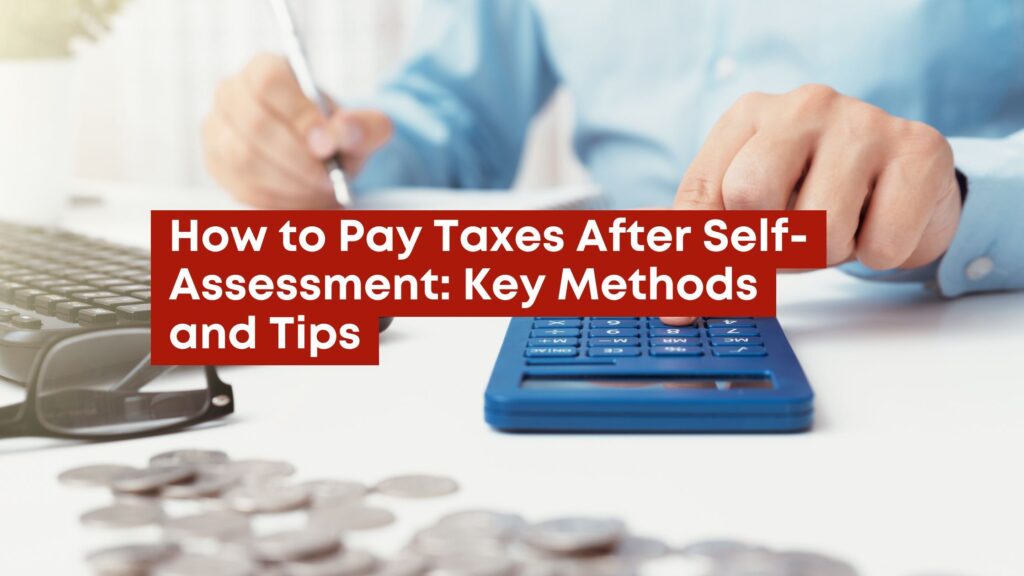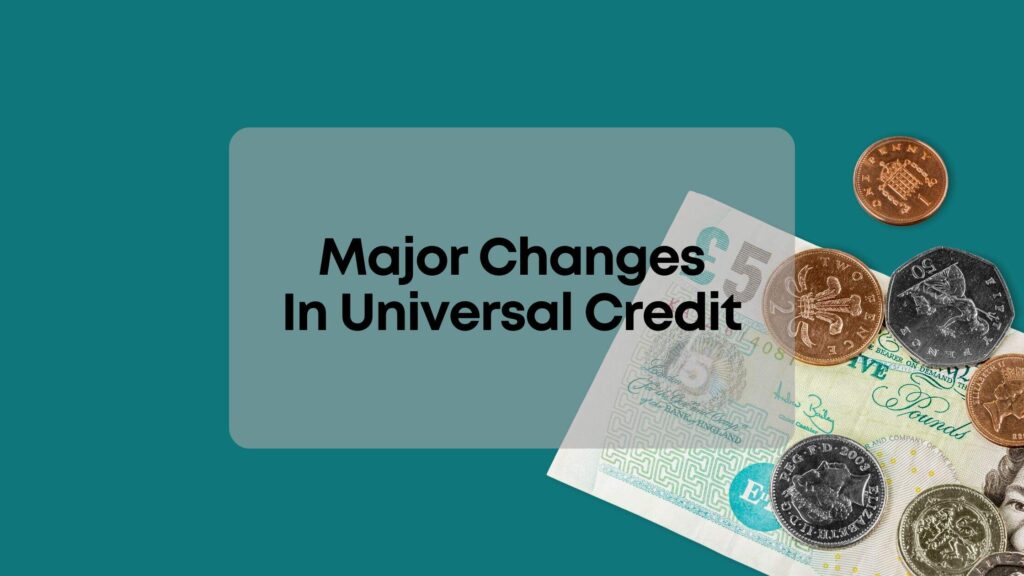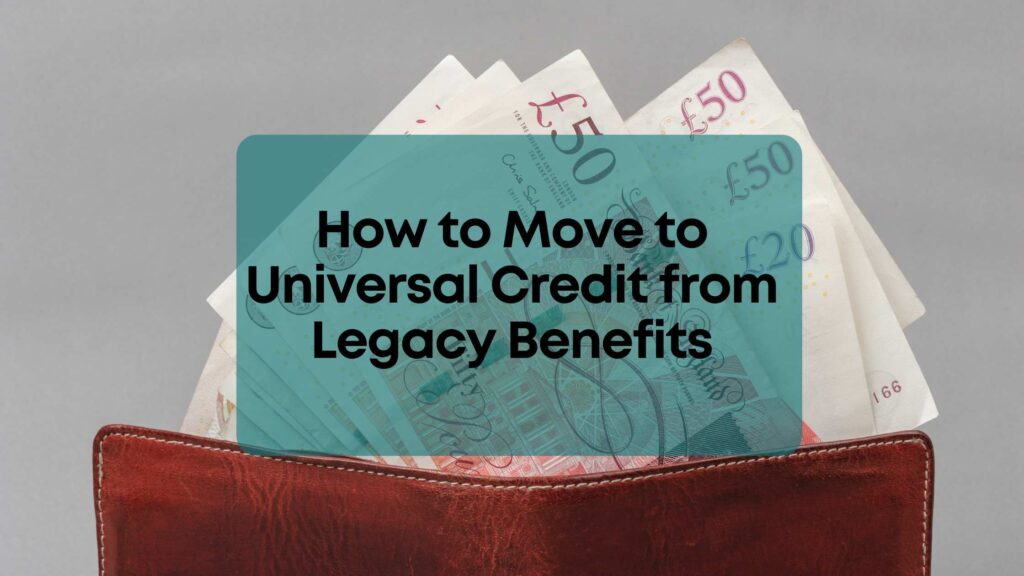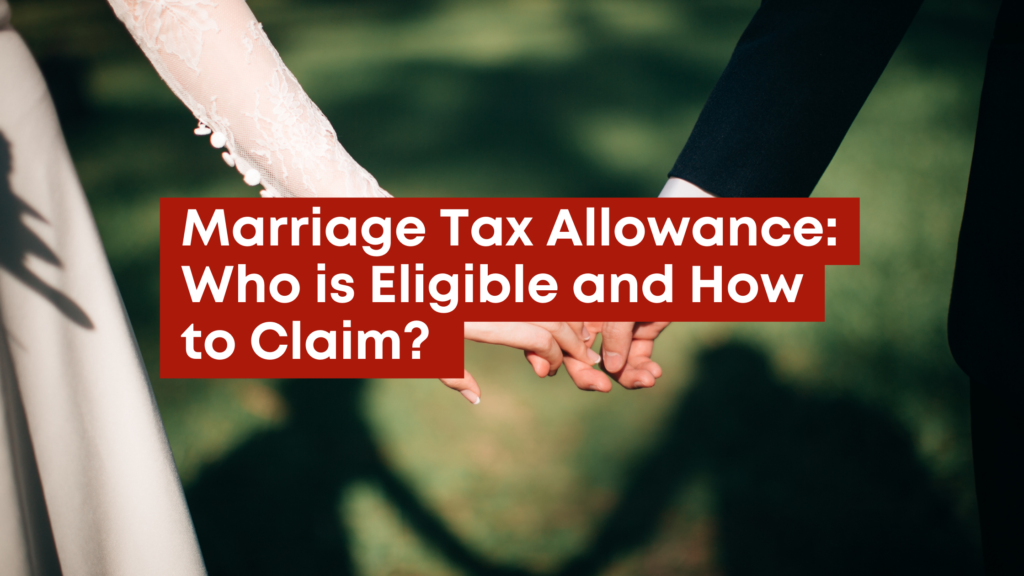Paying taxes after filing your self-assessment can be challenging, especially for self-employed individuals, small business owners, and freelancers in the UK. Understanding the process and the best ways to settle your tax bill can save you from unnecessary stress and financial penalties. In this article, we’ll explore how to pay taxes after self-assessment, covering essential methods and tips to make the process smoother and more manageable.
Understanding Your Self-Assessment Tax Bill
Once you’ve submitted your self-assessment tax return, HMRC calculates your tax liability based on the earnings and any other taxable income you’ve declared. Keeping track of key deadlines is essential to avoid penalties and interest charges.
Key Deadlines
- January 31st: This is the deadline to pay any remaining tax owed for the previous tax year. In addition, you may need to make your first payment on account for the upcoming tax year. Payments on account are advance payments for next year’s tax bill based on what you owe for the current year.
- July 31st: The second payment for the current tax year is due on this date. This helps spread your tax burden throughout the year rather than facing a large sum at the year’s end.
Key Methods to Pay Your Self-Assessment Tax Return
Several methods are available to pay your self-assessment tax, each with its own processing time. Consider these options:
Direct Debit
Setting a direct debit with HMRC is a convenient way to manage ongoing tax payments. Once set up, the system automatically deducts payments, so you never miss a deadline. If it’s your first time setting up a direct debit, allow up to five working days to process. Recurring payments usually take about three days.
Online Banking
Paying through online banking is quick and efficient. Simply log into your bank account and initiate a transfer to HMRC using the details provided on your tax bill. For payments to HMRC Cumbernauld, use the following bank details:
- Sort Code: 08 32 10
- Account Number: 12001039
- Account Name: HMRC Cumbernauld
Payments made via online banking are typically processed on the same day or the next working day.
Debit or Credit Card
You can also pay your tax bill directly on the HMRC website using a debit or credit card. While this method is straightforward and secure, remember that some card providers may charge a fee for using this service.
Cheque Payments
If you prefer standard methods, sending a check by post is still an option. Write it out to ‘HM Revenue and Customs‘ and include your Unique Taxpayer Reference (UTR) number. Keep in mind that cheque payments can take more time to reach HMRC, so plan accordingly.
Payment Plans
If you’re facing financial difficulties, don’t panic. HMRC offers payment plans, allowing you to spread your tax bill over time. To qualify, make sure you owe £30,000 or less, keep all your tax returns up to date, and apply within 60 days of the payment deadline. You can even set up a plan online through your HMRC account.
Don’t Delay Submit your Self Assessment Before The Deadline
Submit your tax return by 31 January to avoid late filing penalty. Swiftacc offers expert Self Assessment tax return services, starting at just £99.
Book an AppointmentWhatsApp UsDealing with Payment Issues
If you cannot pay your self-assessment tax bill on time, it’s crucial to act quickly. Contact HMRC directly to discuss your situation. They may offer additional support or help you set up a suitable payment arrangement. Be aware that late payments can incur penalties, including interest charges, so addressing any payment issues is essential. Here are some key points about late payment penalties:
- Interest Charges: Interest accrues on late payments from the day after the payment deadline.
- Initial Penalty: A 5% penalty is added to the unpaid tax after 30 days.
- Further Penalties: If the tax remains unpaid, an additional 5% penalty is applied at six and twelve months.
Avoid these penalties by ensuring payments reach HMRC on time.
Verifying Your Payment
After making a payment, you should confirm that HMRC has received it. You can easily check your online account to see the payment, which should appear within three to six working days. It’s important to verify that HMRC has processed your tax return, as this can help you avoid any future issues. Always use the correct Unique Taxpayer Reference (UTR) when making payments to avoid any delays or issues. Double-check this reference number before submitting any payment.
In summary, paying taxes after self-assessment doesn’t have to be stressful if you follow the right methods and keep track of deadlines. Whether you choose direct debit, online banking, or another payment option, ensure your payment reaches HMRC on time to avoid penalties. If you face any challenges, don’t hesitate to seek help from HMRC for possible payment arrangements. To maintain good standing with your tax responsibilities, stay informed, plan ahead, and remember those deadlines.
Frequently Asked Questions
What happens if I miss the self assessment payment deadline?
If you miss the payment deadline, you may incur penalties and interest on the amount owed. It’s essential to pay as soon as possible to minimise these additional charges.
How can I get assistance if I have trouble understanding my tax bill?
You can contact HMRC directly via their helpline or visit their website for more information. They offer resources and guides that can help you understand your tax obligations better.
Is it possible to change my payment method after submitting my self-assessment?
Yes, you can change your payment method, but ensure that you follow the necessary steps for the new method. If you’ve set up a direct debit, for instance, you’ll need to cancel the old one and create a new arrangement.
How can I set up a payment plan with HMRC?
To set up a payment plan, you need to owe £30,000 or less, have all your tax returns up to date, and apply within 60 days after the payment deadline. You can arrange this through your HMRC online account.
What happens if I overpay or underpay?
If you overpay, HMRC will issue a refund. If you underpay, they will adjust your tax code for the following year to collect the owed amount, and you may incur interest on the unpaid tax.
Can I pay my self-assessment tax online?
Yes, you can pay your Self Assessment tax online. You can use a debit card, corporate credit card, bank transfer, or set up a Direct Debit. Always use your Unique Taxpayer Reference (UTR) as the payment reference.





